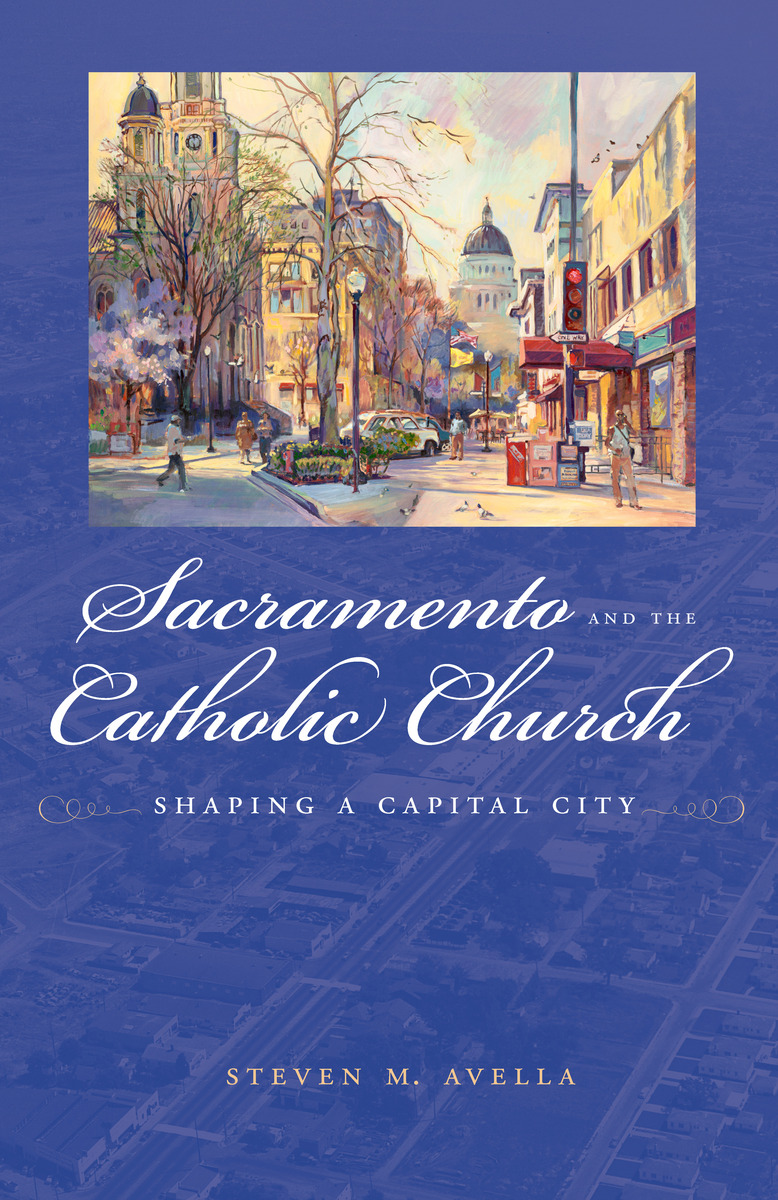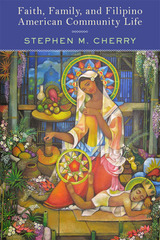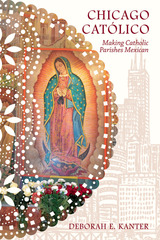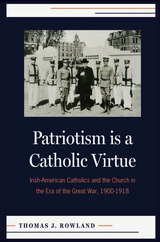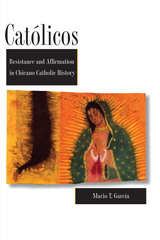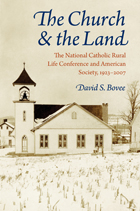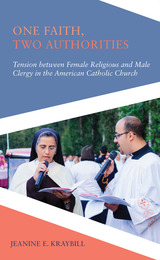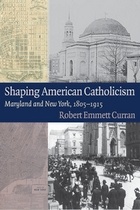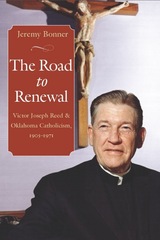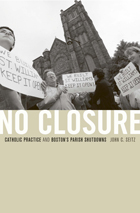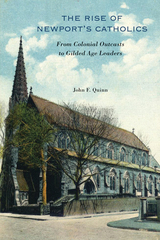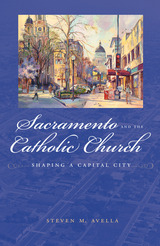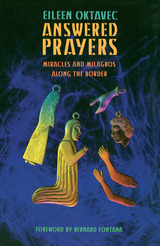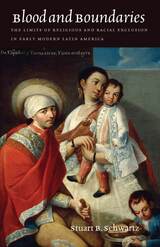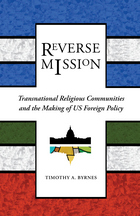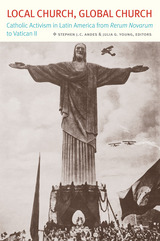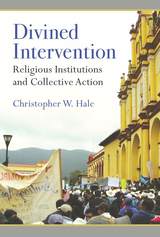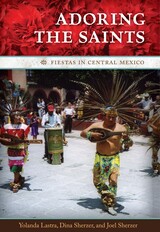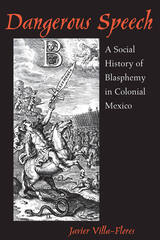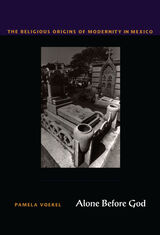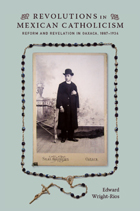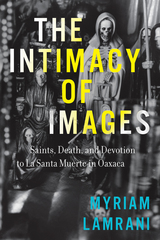Cloth: 978-0-87417-760-2 | eISBN: 978-0-87417-766-4
Library of Congress Classification BX1418.S23A94 2008
Dewey Decimal Classification 282.79454
Besides the numerous institutions that the Church sponsored, it brought together a wide spectrum of the city’s diverse ethnic populations and offered them several routes to assimilation. Catholic Sacramentans have always played an active role in government and in the city’s economy, and Catholic institutions provided a matrix for the creation of new communities as the city spread into neighboring suburbs. At the same time, the Church was forced to adapt itself to the needs and demands of its various ethnic constituents, particularly the flood of Spanish-speaking newcomers in the late twentieth century.
See other books on: Capital City | Church history | Sacramento | Sacramento (Calif.) | Shaping
See other titles from University of Nevada Press
